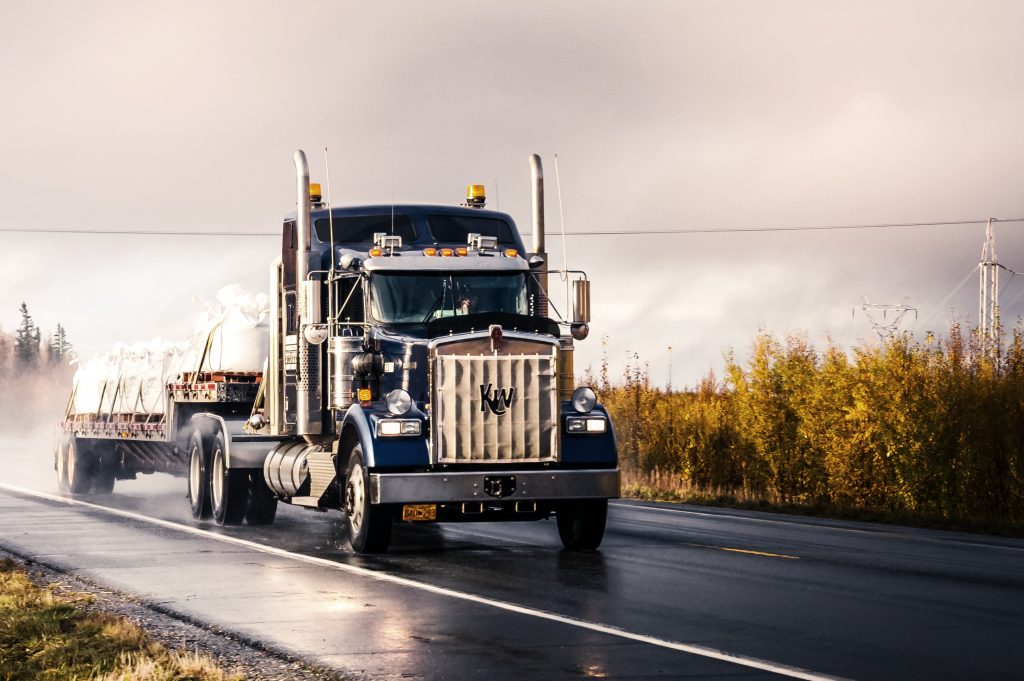The Ubiquitous Choice: Exploring the Most Common Type of Transportation


In an era of rapid technological advancements and global connectivity, transportation plays an indispensable role in shaping the way we live, work, and explore the world. From bustling urban streets to serene countryside roads, from the vast skies above to the deep oceans below, various modes of transportation crisscross the globe, enabling movement and fostering progress. Among this diverse array of options, one type of transportation stands out as the most common and widely used across the globe. In this article, we delve into the realm of transportation to unveil the most prevalent choice and examine the factors that contribute to its ubiquity.
The Reign of the Automobile: Paving the Path to Dominance
Undoubtedly, the most common type of transportation worldwide is the automobile. These four-wheeled machines have revolutionized the way we commute, granting unprecedented freedom and accessibility. From compact cars to sprawling SUVs, automobiles have become an integral part of modern life for millions, if not billions, of people. The convenience they offer, coupled with the extensive network of roads and highways that crisscross the continents, cements their place as the go-to choice for transportation.
Infrastructure and Accessibility: A Global Network of Roads
One of the primary factors contributing to the dominance of automobiles is the vast infrastructure that supports them. Countries around the world have invested heavily in creating an intricate network of roads, highways, and streets that connect cities, towns, and villages. This interconnected web of pathways facilitates seamless travel and enables people to reach their destinations with relative ease. The accessibility provided by well-maintained road systems has played a pivotal role in making automobiles the most common choice of transportation.
Personalization and Independence: Tailoring the Journey
The personalization and independence offered by automobiles further reinforce their popularity. Unlike public transportation options, which often adhere to fixed schedules and routes, owning a car allows individuals to tailor their journeys according to their specific needs and preferences. Whether it’s a daily commute, a road trip, or a spontaneous outing, the flexibility of having one’s own vehicle provides unparalleled convenience.
Environmental Considerations: The Challenges of Automobile Dominance
While automobiles continue to reign supreme in the world of transportation, their dominance comes with significant environmental and societal challenges. The widespread use of internal combustion engine vehicles powered by fossil fuels. Contributed to air pollution, greenhouse gas emissions, and climate change. As concerns over environmental sustainability grow. There is a pressing need to explore alternative modes of transportation that can mitigate these negative impacts.
The Shifting Landscape: Exploring Alternatives and Innovations
Recognizing the environmental and societal consequences of automobile dominance, governments, industries, and individuals are increasingly exploring alternative modes of transportation. Several notable alternatives are gaining traction and challenging the long-standing reign of automobiles.
Electric Vehicles (EVs): Pioneering a Green Revolution
Electric vehicles (EVs) have emerged as a promising alternative to traditional gasoline-powered cars. By harnessing the power of electricity, EVs significantly reduce carbon emissions and air pollutants. With advancements in battery technology and charging infrastructure, electric cars are becoming more accessible and practical for everyday use. The global push towards sustainable transportation has propelled the adoption of EVs, highlighting a potential shift away from conventional automobiles.
Public Transportation: Building Sustainable Communities
Efficient and well-designed public transportation systems have the potential to alleviate many of the challenges posed by automobile dominance. Buses, trains, trams, and subways offer collective transportation solutions that reduce traffic congestion, lower carbon emissions, and enhance urban mobility. Investing in public transportation not only addresses environmental concerns. Also fosters social inclusivity by providing accessible transportation options for diverse communities.
Cycling and Walking: Embracing Active Mobility
In urban centres, the resurgence of cycling and walking as viable modes of transportation is gaining momentum. Promoting active mobility not only reduces reliance on automobiles but also promotes healthier lifestyles and reduces traffic congestion. Cities around the world are adopting bike-sharing programs, dedicated cycling lanes. Pedestrian-friendly infrastructure to encourage more sustainable and health-conscious transportation choices.
Navigating Towards a Balanced Future
In the ever-evolving landscape of transportation, the automobile undeniably holds the title of the most common mode of travel. Its widespread use has shaped modern societies, economies, and cultures, offering unparalleled convenience and accessibility. However, the environmental and societal challenges associated with automobile dominance have sparked a global quest for alternatives that prioritize sustainability, efficiency, and inclusivity.
As we move forward, striking a balance between the convenience of automobiles and the imperative of environmental stewardship will be crucial. The continued development and adoption of electric vehicles, advancements in public transportation systems, and the promotion of active mobility are steps toward a more sustainable transportation future. Ultimately, the most common type of transportation may evolve, reflecting our shared commitment to creating a world where movement is not only seamless but also mindful of the planet we call home.
